Tag: venezia e mare
-

“From the Hellespont: The Mediterranean Experience of Limit” by Romano Gasparotti
[Tempo di Lettura: 6 minuti] 1 If we attribute the distinction between the Orient and the Occident to Herodotus, the father of Greek historiography (5th century b.C.), it is important to note that he identified the former as Asie and the latter as Eyrope, locating the border between these two “worlds” in the Hellespont, a strip…
-
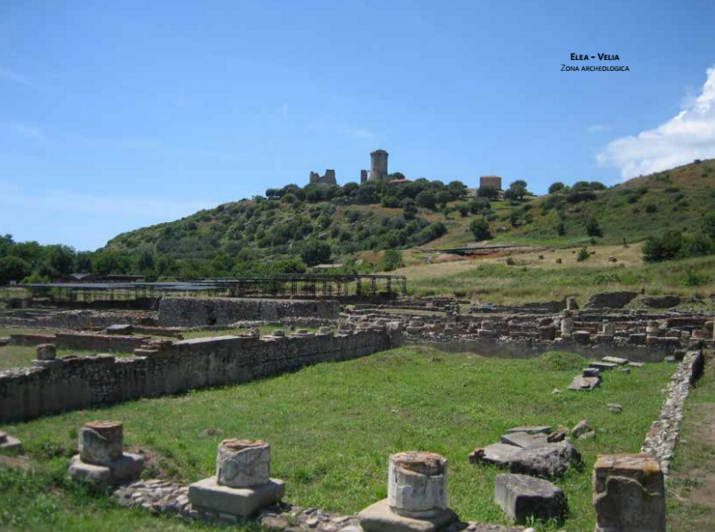
“Dall’Ellesponto. L’esperienza mediterranea del senso del limite” di Romano Gasparotti
[Tempo di Lettura: 6 minuti] 1 Se la distinzione tra Oriente ed Occidente sorge con la nascita della storiografia greca ad opera di Erodoto (V sec. a.C.), quest’ultimo identificava il secondo ad Eyrope e il primo ad Asie e collocava il confine tra i due “mondi” nell’Ellesponto, quella lingua di mare che collega il Mar…
-
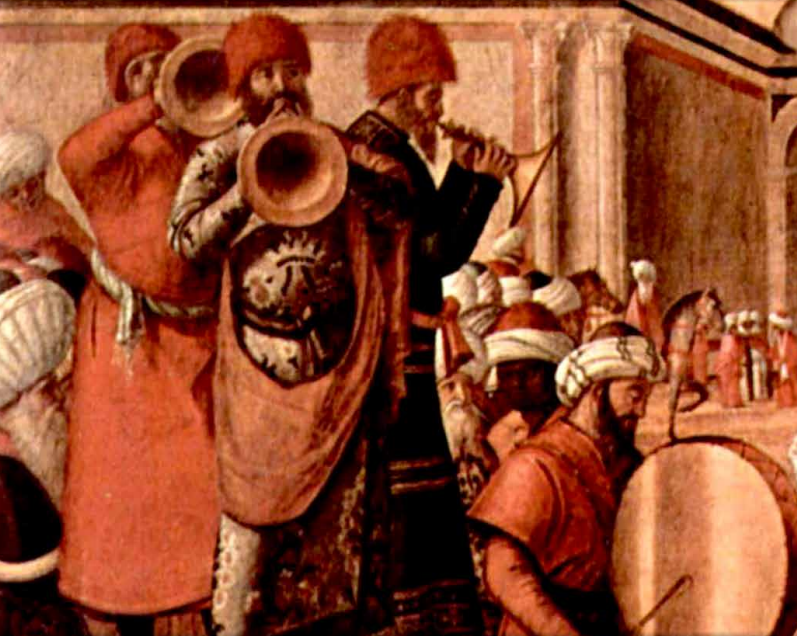
“Venice gateway to the music of the East?” by Giovanni De Zorzi
[Tempo di Lettura: 7 minuti] If in architecture and in the history of figurative arts, the relationship between Venice and the East is unambiguous, in music it is not so. Rather, it almost seems that the city sought to reaffirm its Western and “Flemish” character in contrast to the “other” music that rang out in…
-
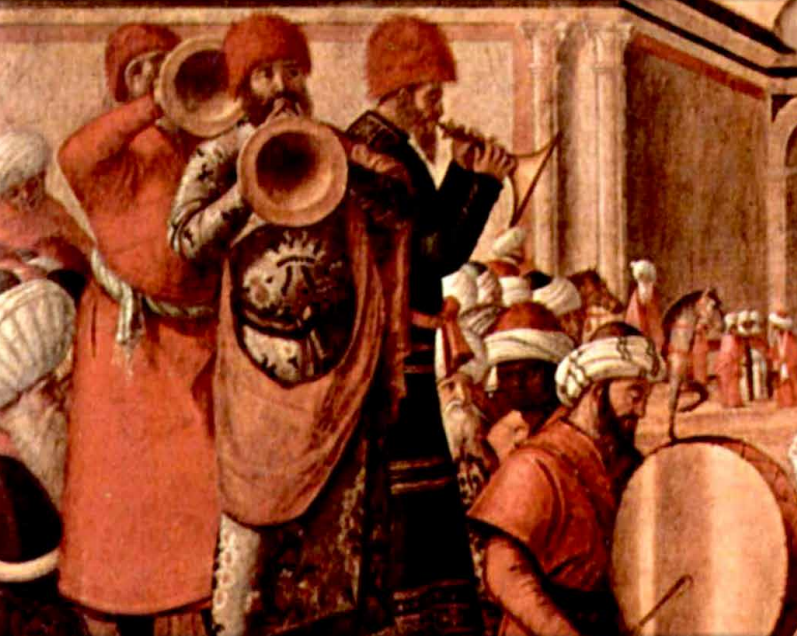
“Venezia porta dell’Oriente musicale?” di Giovanni De Zorzi
[Tempo di Lettura: 6 minuti] Se nell’architettura e nella storia dell’arte figurativa i rapporti di Venezia con l’Oriente sono espliciti, in musica essi non lo sono affatto. Anzi, sembra quasi che la città abbia voluto ribadire tutta la sua natura occidentale e “fiamminga” in antitesi alle musiche “altre” che risuonavano nel bacino del Mediterraneo e…
-
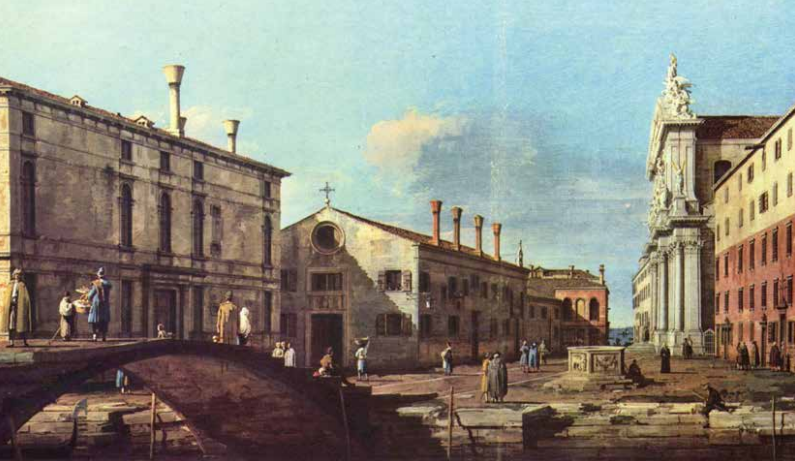
“The “eye” that looks to the East” by Alberto Giorgio Cassani
[Tempo di Lettura: 11 minuti] Notes on the architecture of Venice from its origins to the Renaissance “The Doge’s Palace in Venice contains three elements, in exactly equal proportions: Roman, Lombard, and Arabic. It is the central building of the world” John Ruskin, The Stones of Venice, 1851-18531 In the ancient city of Hatra, in Arabic al…
-
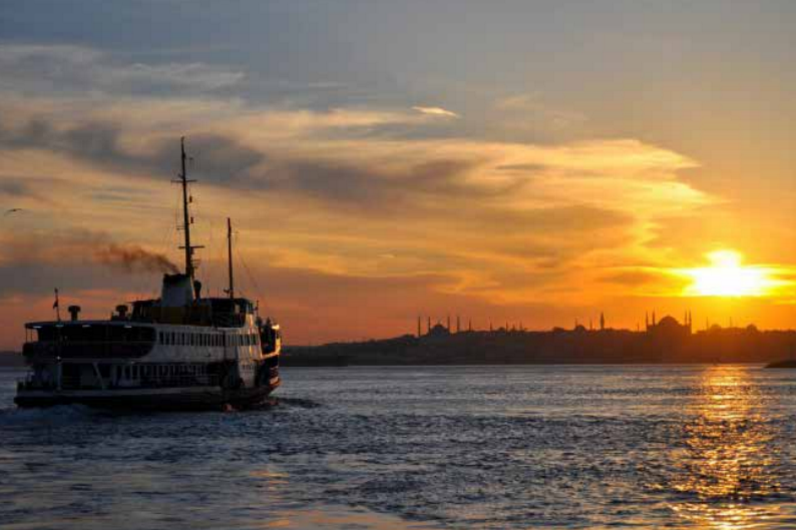
“The Reception of Turkish and Persian Culture in Venice” by Giampiero Bellingeri
[Tempo di Lettura: 7 minuti] G.B. Donà’s volume Della Letteratura de’ Turchi (The Literature of the Turks, Venice 16881)is currently regarded as the first comprehensive study published in Europe about Turkish culture, science, and art. Across the centuries and the various stages of the fickle relationship between La Serenissima (the Republic of Venice) and the…
-
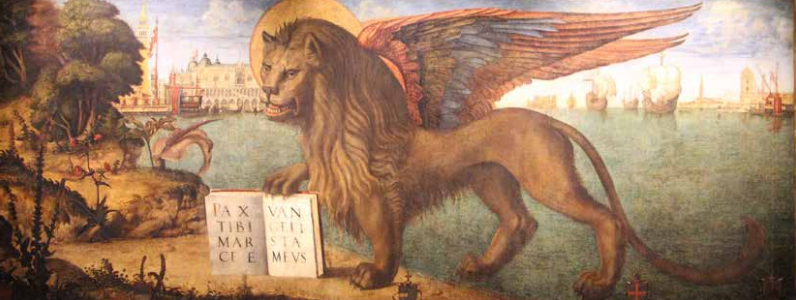
“Venice and the Mediterranean” by Giuseppe Gullino
[Tempo di Lettura: 6 minuti] “But ships are just fragile boards, and sailors are just men,” Shylock snarls. The sea hides many a danger. And yet history teaches us that endless waters and maritime deserts can be traversed (consider how Columbus crossed the Atlantic in three wooden buckets), but sand deserts cannot. That is why…
-

“L’“occhio” che guarda ad Oriente” di Alberto Giorgio Cassani
[Tempo di Lettura: 9 minuti] Note sull’architettura veneziana dalle origini al Rinascimento Nell’antica città di Hatra, in arabo al-Hadr, una città di confine tra mondo orientale ed occidentale, accanto ai templi dedicati al dio Nergal (mitologia sumera ed accadica), al dio Atargatis (mitologia Siro-armena), ad Allat e Shamiyyah (mitologia araba) ed a Šamaš (il dio…
-
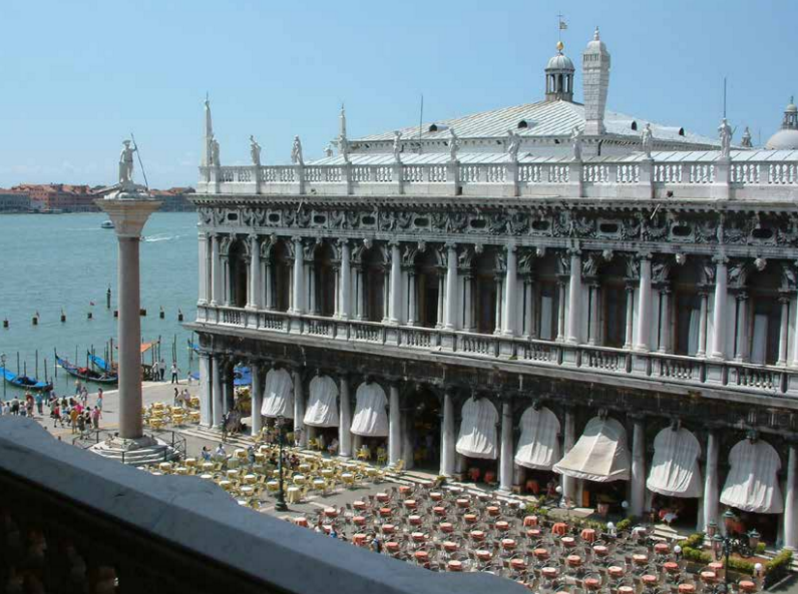
“Venezia e il contesto della ricezione delle lettere turche e persiane” di Giampiero Bellingeri
[Tempo di Lettura: 6 minuti] È ormai corrente l’uso di accogliere la Letteratura de’ Turchi compilata da G. B. Donà, apparsa a Venezia nel 1688,1 come la prima, organica, trattazione europea degli aspetti generali, scientifici, artistici, della cultura “turca”. Cultura che, nelle diverse epoche e nei momenti mutevoli dei rapporti cangianti intrattenuti fra la Serenissima…
-

“Venezia e il Mediterraneo” di Giuseppe Gullino
[Tempo di Lettura: 6 minuti] «Le navi sono solo tavole, i marinai solo uomini», osserva ringhioso Shylock: il mare nasconde molti pericoli. E tuttavia la storia insegna che le distese d’acqua, i deserti marittimi sono superabili (si pensi a Colombo, che su tre gusci valica l’Atlantico), quelli di sabbia no: e, infatti, quando gli arabi,…
-
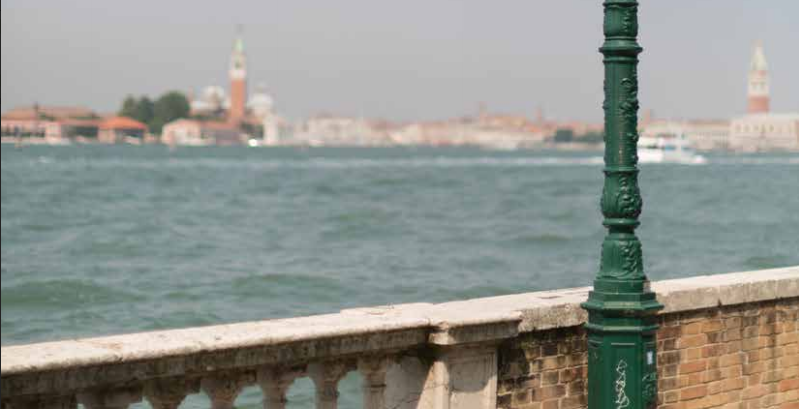
Editoriale: Navigare nel tempo
[Tempo di Lettura: 3 minuti] Navigare nel tempo lungo le rotte del Mediterraneo Il nuovo viaggio di Finnegans alla scoperta delle nostre radici culturali. “La storia del Mediterraneo sta in ascolto della storia universale, ma la sua musica peculiare si fa sentire a grande distanza” (Fernand Braudel). L’ultima uscita di Finnegans risale alla fine del…
-

“Le navi sono solo tavole, i marinai solo uomini”
[Tempo di Lettura: 2 minuti] «Le navi sono solo tavole, i marinai solo uomini», osserva ringhioso Shylock: il mare nasconde molti pericoli. E tuttavia la storia insegna che le distese d’acqua, i deserti marittimi sono superabili (si pensi a Colombo, che su tre gusci valica l’Atlantico), quelli di sabbia no: e, infatti, quando gli arabi, giusto nell’arco di un secolo,…

Devi effettuare l'accesso per postare un commento.